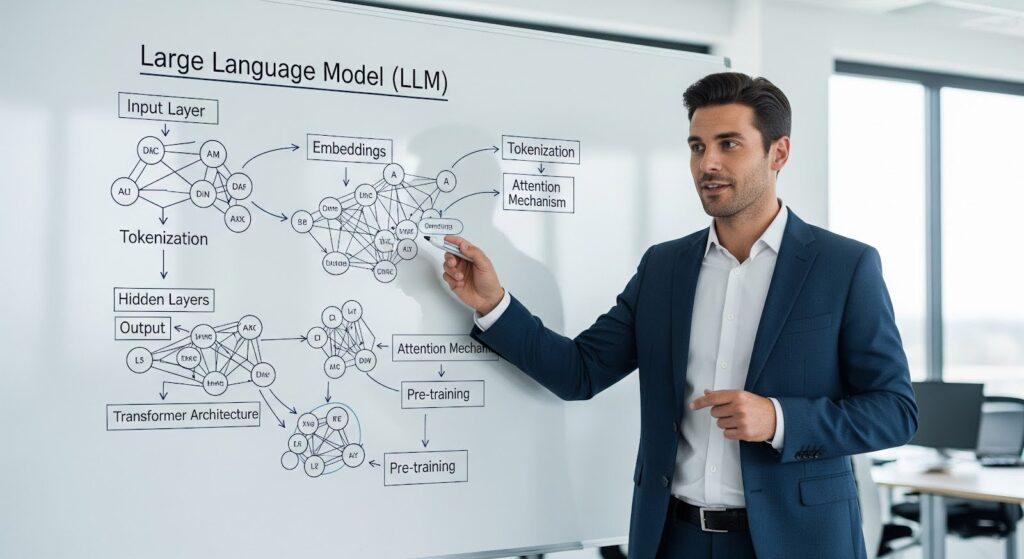Anyone who’s worked across multiple languages knows that it’s not enough to simply swap words from one language to another. The real challenge is keeping the meaning intact—especially when dealing with technical terms or instructions where even a small misunderstanding can cause big problems.

How Traditional Machine Translation Works
Most older machine translation systems use algorithms that try to match words and phrases in one language to their closest counterparts in another. While this works for simple sentences, it can easily miss the mark with complex ideas, ambiguous language, or words that have several meanings. The end result? Translations that may be correct on the surface, but miss the true intent behind the original message.
How Large Language Models (LLMs) Approach Translation
AI-powered Large Language Models (LLMs) take a very different approach. Instead of translating word by word, they break down the sentence into smaller pieces called tokens. Then, using advanced mathematics, they turn the whole sentence into a vector—a unique point in a massive, multidimensional map of meaning. You can imagine each idea or message as a specific spot on this map, regardless of which language you use.
Finding the Right Meaning—Not Just the Closest Words
Here’s where things get exciting: when an LLM translates your sentence, it’s looking for a sentence in the target language that lands in the same place on that map. Instead of just searching for direct word matches, the model tries to find the version in another language that carries the same meaning, feeling, and nuance as your original text—even if the words themselves are very different. This makes it much more likely that even tricky phrases or words with multiple meanings are translated in a way that keeps your intent clear.
For example: The word “press” in manufacturing could mean a type of machine, a printing operation, or an action (to push). Traditional translation systems may choose the wrong meaning based on just the word itself. LLMs use the sentence and surrounding context to select the right version, ensuring instructions stay clear and accurate. Another example: the term “run” might refer to operating a machine, performing a test, or moving quickly on foot. An LLM understands the context and picks the correct meaning for each situation.

Why This Is a Game-Changer
By matching meaning instead of just words, LLMs deliver translations that are not only clearer, but also more accurate and reliable—especially in technical or high-stakes situations. Whether you’re dealing with safety instructions, product documentation, or team communication, this approach helps everyone stay on the same page, no matter what language they speak.
Why This Helps You
AI-powered translations reduce misunderstandings and mistakes, give you confidence that your message comes through as intended, and make it easier for teams to work together globally. It’s a smarter, more human way to communicate across languages.
See It in Action
Curious to see how AI-powered translation works in practice? Book a free online demo and get a firsthand look at how this technology can improve clarity and confidence in your multilingual work instructions.
